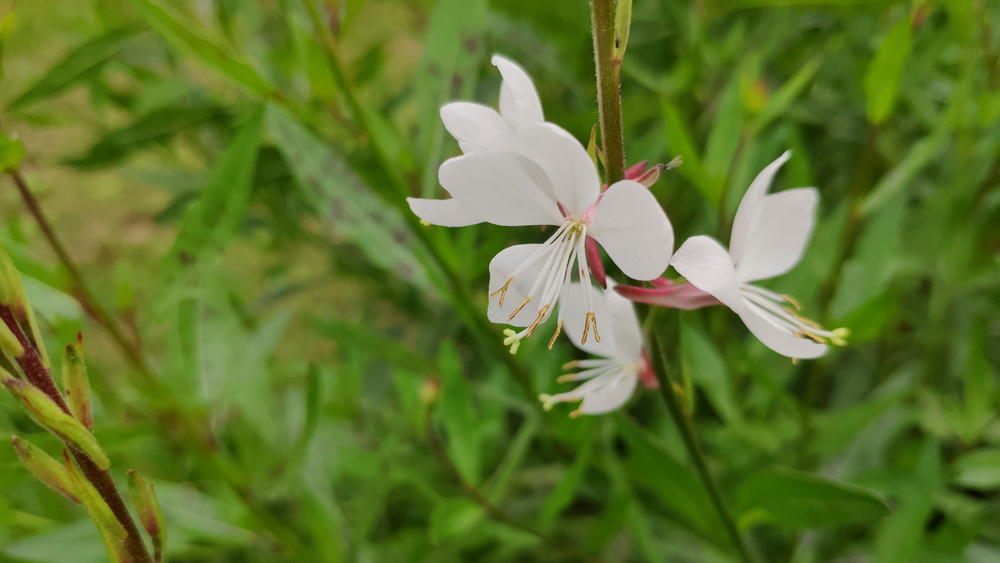
Photo Credit
NataliaVo
Botanical Name
Oenothera lindheimeri
Plant Type
Sun Exposure
Soil pH
Bloom Time
Flower Color
Special Features
Subhead
Planting, Growing, and Caring for Gauras
Read Next
Types
- Oenothera Ballerina series: white, pink, or rose blooms; does not self-seed; compact, 1-1/2 to 2 feet tall.
- O. ‘Dauphine’: white-to-pink blooms; 4 to 5 feet tall.
- O. ‘Siskiyou Pink’: maroon flower buds, pink blooms; 2-1/2 to 3 feet tall
- O. ‘Snowstorm’: pink and white flowers; 2 to 3 feet tall.
- O. ‘Star Pink,’ aka ‘Karalee Petite Pink’: deep pink flowers; 2 feet tall.
- O. ‘Whirling Butterflies’: heavy-blooming; red stems, pink flower buds, white blooms; 2 to 3 feet tall.
Gardening Products
More Like This
Hi- I planted three Siskiyou Pink Gauras last fall. One is not entirely dead, but not coming back like the other two. The crown has a tightly bunched, reddish growth that I’m having trouble identifying. Is this a disease that indicates plant removal? Or should I wait to see what happens? Thanks!
I planted two of the 'siskou pink' variety this May of 2024. One of the plants is real tall and wispy, the other more compact. It's now Sept, and only 1 bloom so far.
I'm wondering if it's normal for them not to bloom much the first season.
I have "Bantam Pink" Guara, which is 3 years old. I live in zone 6B and my Guara flourishes. I love it's wispy foliage and delicate pink flowers.












Comments